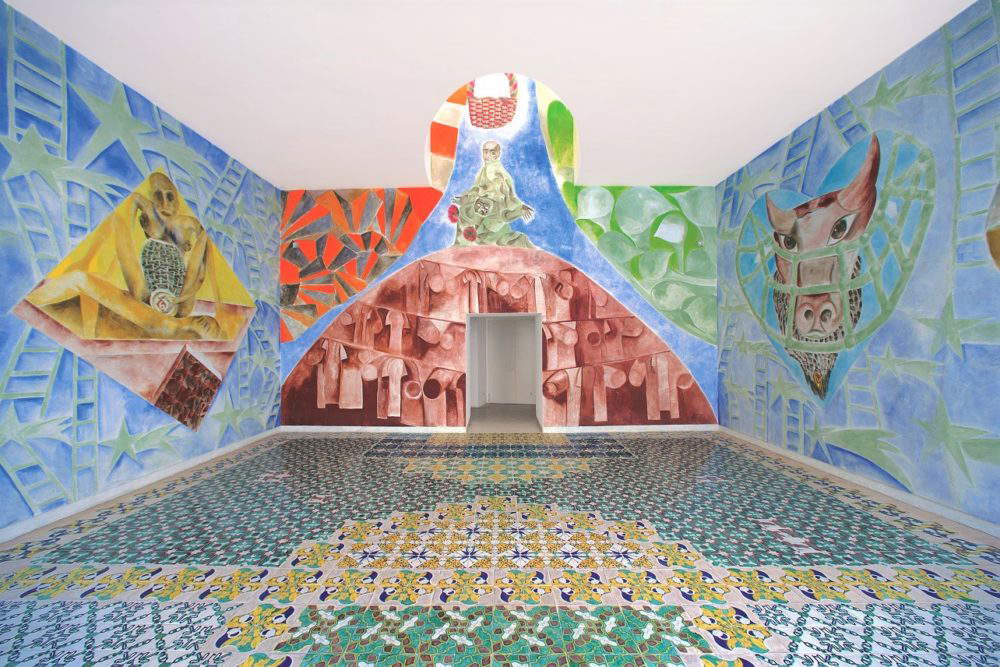Linclusion is a fundamental work for me and always under construction. I do not believe that the discussion of this issue should only be about the acquisition policies of a museum, but about artistic programming in general, the management of educational activities, and even the composition of museum staff and their training. In relation to acquisitions, I first want to address the fact that we always discuss the risk of diminishing the quality of collections when the limperative of better representing different cultural and social genders and experiences is considered. The old smokescreen of quality I believe stems essentially from the fact that little consideration is given to the investment in research of authors or narratives that do not reflect the dominant culture’s view or are less visible in the art system.
The substantial problem is the lack of interest, often, in exploring or showing what is distant from one’s own cultural paradigm, the desire to exclude from critical lucubrations those voices that address issues that are sidelined or voluntarily omitted, the presence of a generation of insiders, whether in the art-historical field or related to popularization or the media, that includes only certain segments of the population.

It is essential, in my opinion, that the work of research and inclusion of diversity begins, before the acquisition, with the formation of a critical consciousness in cultural workers, acquiring new tools, frameworks and knowledge. I believe there is a need to renew the approach, always starting from specific territories and experiences to reshape art history and revise the present, creating new meanings through current and recent art practices. For me, this is the necessarily always-in-progress task of a contemporary art institution.
The Madre, of which I am artistic director, is trying to work in this sense both in the area of research and in the exhibition proposal and for the collection. Think of the playground installation, You’ll Play in the Everyday, Running, by Temitayo Ogunbiyi (Nigeria/USA/Jamaica), commissioned last year during the first lockdown and connecting Lagos and Naples, or the choice for AMACI’s contemporary day of the Italian-American artist Justin Randolph Thompson, from which the proposed work, doan you tell no one I made it, enters the collection. Beyond his artistic practice, Thompson has been working for years through Black History Month Florence to present actors of African descent in Italian history and the arts in Italy, seeking to make visible a history that has always been present but unrecognized. Similarly, I think it is incumbent upon a museum to develop reflections on little-addressed issues and practices. In the previous months we have initiated a series of activities both dedicated to popularization and related to the acquisition of works. These included collaboration with Ghanaian artist Ibrahim Mahama in the production, during a residency in Naples, of two new works for the museum’s collection and the series of lectures within the Art Ethics project in collaboration with the Ethos Observatory Luiss Business School. Ogunbiyi and Mahama also participated in an online discussion on how different histories of art should be understood in relation to different constellations of aesthetic legacies and local and regional understandings of art’s meaning and action.
To close, returning instead to the importance I believe training plays, we are participating in a project on diversity initiated by the Phillips Collection in Washington in conjunction with the U.S. Embassy in Italy, dedicated to training museum staff who are involved in teaching, to provide for and expand museum workers’ knowledge of techniques and modalities that favor a participatory approach that always broadens the scope of the museum as an inclusive civic place for all communities.
This contribution was originally published in No. 10 of our print magazine Finestre Sull’Arte on paper. Click here to subscribe.
Warning: the translation into English of the original Italian article was created using automatic tools. We undertake to review all articles, but we do not guarantee the total absence of inaccuracies in the translation due to the program. You can find the original by clicking on the ITA button. If you find any mistake,please contact us.